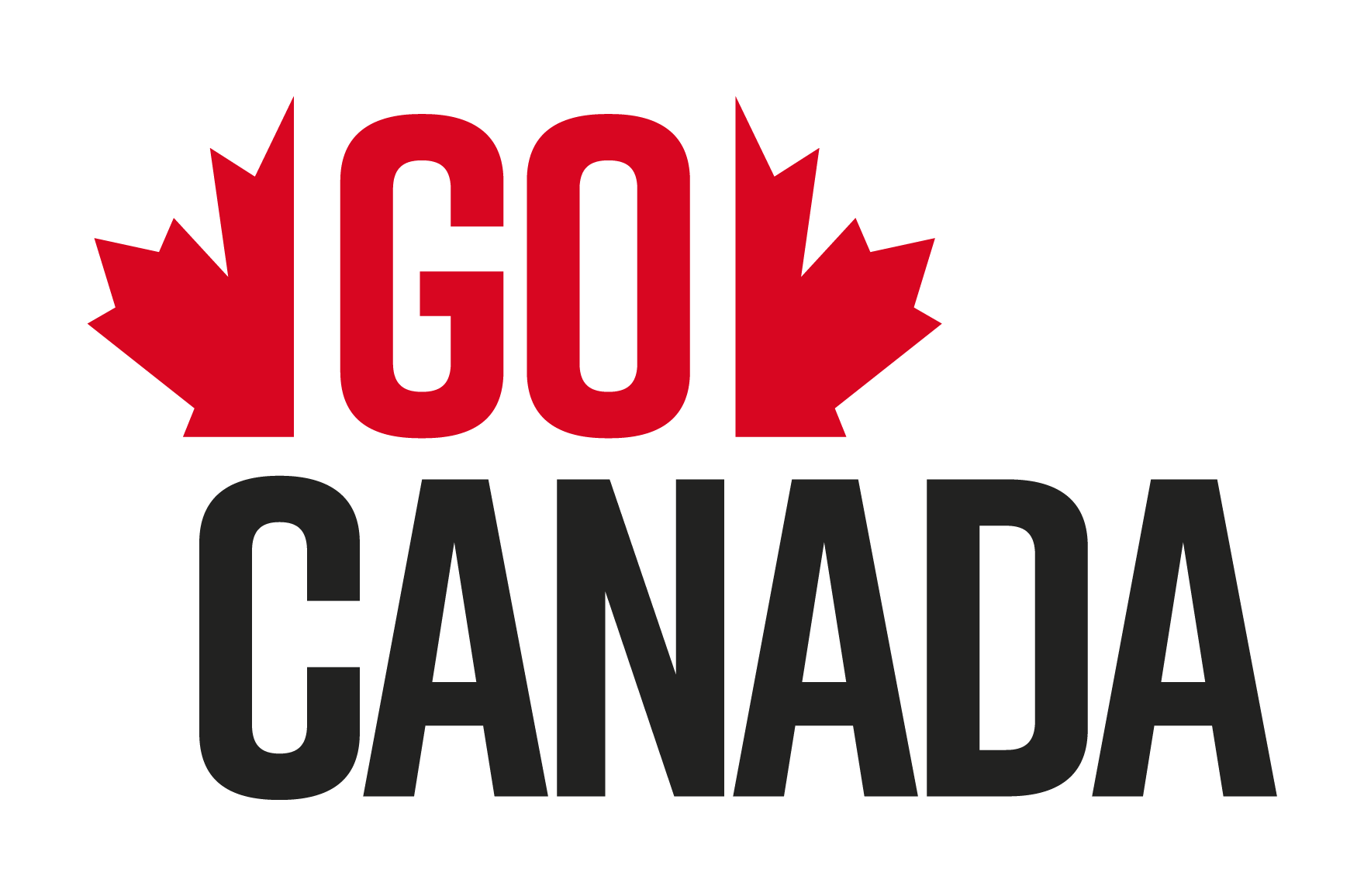All right, picture this.
You’re watching a movie, totally engrossed,
and then bam, one of the characters starts talking
about going to the washroom, washroom.
You rewind just to make sure you heard right,
because they’re not British,
but it’s not quite the American English you’re used to either.
That’s how I felt the first time I really tuned
into the nuances of Canadian English.
It’s funny how a few subtle shifts in pronunciation
and vocabulary can transport you to another place,
even if you’re technically still within the realm
of the same language.
It’s true.
So for this deep dive, we’re going full on Canadian, eh?
We’re talking about the accent, the slang, the whole shebang.
And lucky for us, our friends over at CEPIGO at Dexto
put together a fantastic breakdown
of what makes Canadian English so unique.
Their analysis is spot on.
They hit on one of the most noticeable things right away,
the pronunciation quirks.
It’s often those little things that first tip you off
that you’re hearing something a bit different.
Like sing a boot instead of a bout.
That’s Canadian English 101, right?
It’s definitely one of the classics.
And you know what’s interesting about that?
It’s part of a larger phenomenon,
linguists call a vowel shift,
which is basically a gradual change
in how vowels are pronounced over time.
What’s fascinating is that Canadian English
has held onto some of these shifts
while other dialects of English, like American English,
have evolved differently.
It’s like Canadian English is a snapshot
of how language used to sound, right?
Precisely, a linguistic time capsule.
And it’s not just about yee, think about house becoming
that ow sound turning into ooh.
And then there’s the disappearing R at the end of words.
You might hear someone say ca instead of car,
almost like magic poof.
Now that you mention it, I have noticed that.
I guess I just chalked it up to accent,
but it’s cool to know
there’s a whole linguistic reason behind it.
And we can’t forget about the T to D shift either.
Se pego el texto gave the example of waiter for water.
It’s just so Canadian.
Absolutely, it’s those consistent variations,
even if they’re subtle,
they give an accent its character.
But here’s something else to consider.
Those little changes can sometimes tell us a lot
about where a dialect came from, its history,
its influences, it’s like each shift is a clue.
It’s true, and those little clues,
they can add up to something much bigger.
It’s like those pronunciation shifts,
they lay the foundation,
and then the vocabulary comes in
to really build out the Canadian English world.
Absolutely, it’s the vocabulary
that often gives a dialect its personality,
its unique flavor.
Totally.
Speaking of flavor,
have you ever paid for something with a loony?
Because I haven’t, but now I really want to.
You’re right, you don’t hear loony
outside of Canada, do you?
And that’s a perfect example
of how culture seeps into the language.
The loon is this striking bird
found in Canadian wilderness.
You’ve probably seen it on a postcard or two.
And it’s actually featured on the Canadian $1 coin.
So the nickname loony isn’t just a quirky word,
it’s a little nod to Canadian nature and identity.
It’s like a secret code word
that only the Canadians are in on.
And speaking of secret code words,
I learned about Timmy’s from Se Pego el Texto.
Apparently, asking for a double-double at Timmy’s
is practically a national pastime.
It really is.
Tim Hortons is everywhere in Canada.
And that kind of cultural prevalence,
it inevitably gets woven into the language.
We see it time and time again,
everyday objects and experiences
shaping how people talk.
And of course, no discussion
of Canadian English vocabulary
is complete without mentioning A.
Okay, I was waiting for the A.
It’s not just a stereotype, is it?
People actually say it.
Oh, they say it.
Yeah.
But it’s so much more nuanced
than just tacking A onto the end of every sentence.
Think of it like this.
A is like a Swiss army knife of words.
It can be a question, an exclamation,
or just a friendly nudge to keep the conversation going.
So you’re saying it’s all about the context.
The same word can have totally different vibes
depending on how you say it.
Exactly.
Which is part of what makes
setting language so fascinating.
It’s not just about the words themselves,
but how people use them to express themselves,
build connections, and navigate social situations.
And speaking of social situations,
one thing Sepp Biggle and Dexter pointed out
that I found interesting was the use of you guys
as a gender neutral term.
Right, I noticed that too.
Is that common in other dialects of English
or is it more of a Canadian thing?
It’s definitely used elsewhere.
But it seems particularly common in Canadian English.
And it makes you wonder,
is this a subtle reflection of Canadian culture
being more egalitarian or community oriented?
Or is it simply a linguistic evolution
toward more inclusive language?
It’s hard to say for sure,
but it’s definitely a point worth considering.
But let’s not forget about the other vocabulary gems
Sepp Biggle and Dexter highlighted.
I mean, where else would you find a word
as perfectly descriptive as toque for a winter hat?
Oh, that’s right, toque.
It’s so much more evocative than just saying hat,
don’t you think?
It conjures up images of snowy landscapes
and cozy winter wear.
It’s like a mini vacation for your imagination.
And that, my friend, is the power of language.
Ah, it really is.
Toque is just right.
You know, I went into this deep dive thinking
Canadian English was all about a boot
and, but it’s so much more than that.
It’s like this whole intricate system
with its own quirks and history
and even little glimpses into Canadian culture
tucked away in the words themselves.
It’s true.
And here’s the thing about languages.
They’re constantly evolving, absorbing influences
from other languages and cultures.
Right, so it’s not like Canadian English
is this totally isolated thing.
It must have some overlaps with other dialects,
especially American English, right?
Absolutely.
In fact, Sepp Biggle and Dexter pointed out
that both Canadian and American English
use anachize endings in words like realize and organize.
Oh yeah, you’re right.
I never even thought about that.
It’s easy to get caught up in the differences,
but those shared features are like little reminders
that these dialects, they share a common ancestor
somewhere down the line.
It’s like a big family reunion,
but even within families, you’ve got your variations, right?
Exactly.
Even when we share those common roots,
intriguing variations pop up.
Take the pronunciation of Z for instance.
In Canadian English, it tends to be a bit flatter,
closer to zezed.
While in Avakian English, it’s often a bit more buzzing.
Subtle, but noticeable once you start paying attention.
Wow, I had no idea.
See, this is why I love these deep dives.
I always walk away having learned
something totally unexpected.
That’s the beauty of language learning.
There’s always something new to discover,
a new layer to uncover.
And speaking of discoveries, Sepp Biggle and Dexter
offered some great advice for anyone
who wants to take their Canadian English exploration further.
They did.
I loved their suggestion to really actively listen
when watching Canadian movies or TV shows,
turn on those subtitles, pay attention
to how words are pronounced,
don’t be afraid to rewind and listen again.
It’s like training your ears.
It’s the best way to develop an ear
for the nuances of an accent.
They also recommended checking out some Canadian podcasts,
which I thought was a fantastic idea.
Podcasts are perfect for that.
You can just pop one on while you’re commuting
or doing chores, and you’re getting a little dose
of Canadian English immersion without even realizing it.
Exactly.
And as you’re listening, see if you can pick out
those key features we’ve been talking about.
The vowel shifts, the vocabulary,
even the way A is used.
It’s like a fun little linguistic scavenger hunt.
Precisely.
It can turn everyday listening
into an engaging learning experience.
I love that.
Well, I have to say this deep dive
has been a total eye-opener.
I feel like I’ve got a whole new appreciation
for the intricacies of Canadian English.
From those playful pronunciation quirks
to the vocabulary that’s practically bursting
with Canadian character,
it’s a dialect that’s both familiar and wonderfully unique.
It truly is.
And the best part is this is just the beginning.
There’s a whole world of linguistic exploration out there
just waiting to be discovered.
So the next time you encounter a new accent or dialect,
take a moment to really listen.
Pay attention to the details.
Ask yourself why certain words or pronunciations
stand out to you.
You might be surprised at what you discover.
That’s such great advice.
It’s like that saying, the world is a book,
and those who don’t travel only read one page.
Well, the world is also a symphony of accents,
and listening closely lets you appreciate
all the different melodies.










